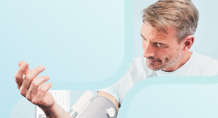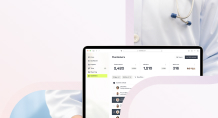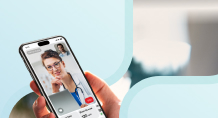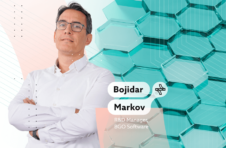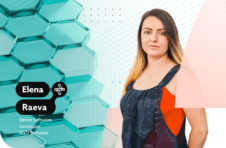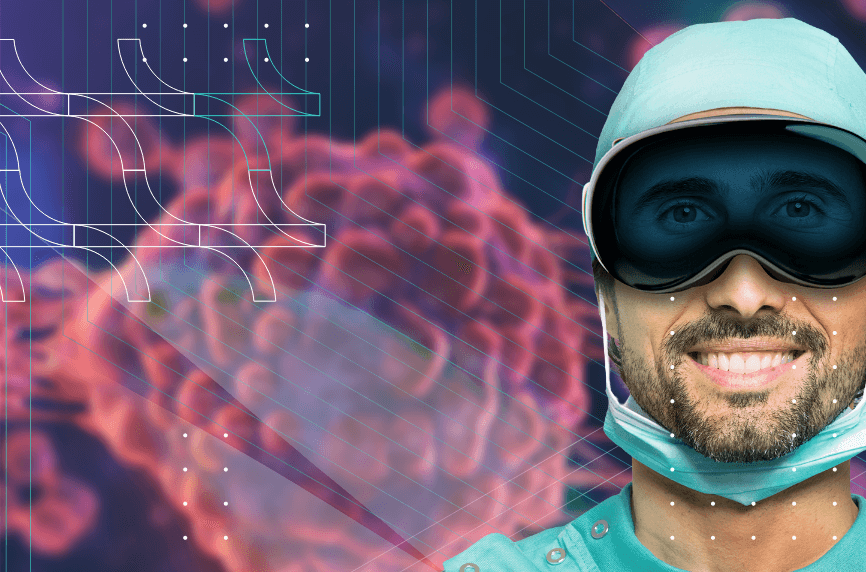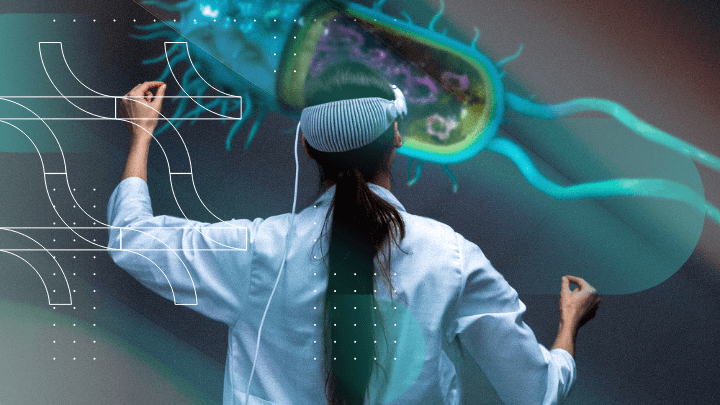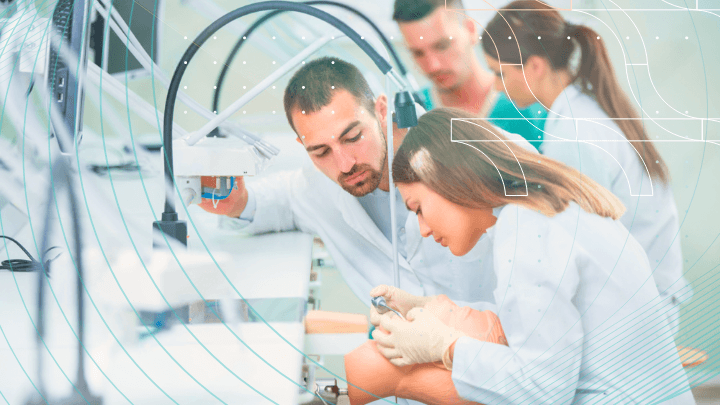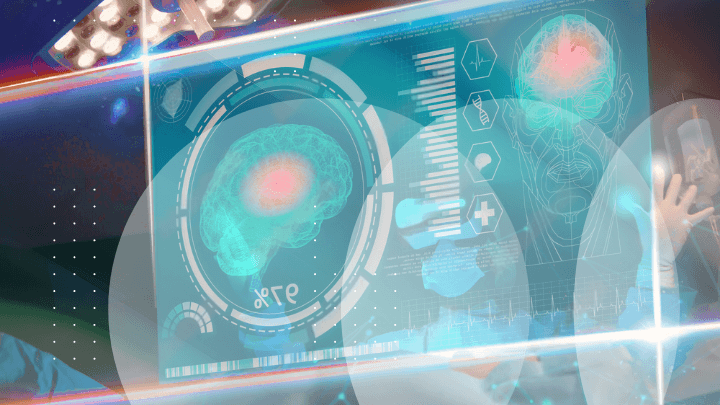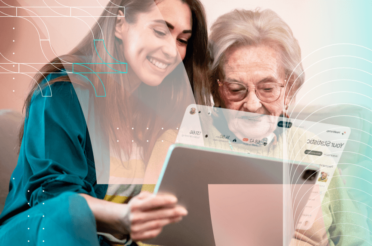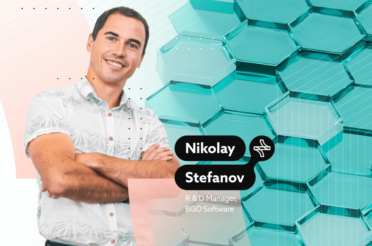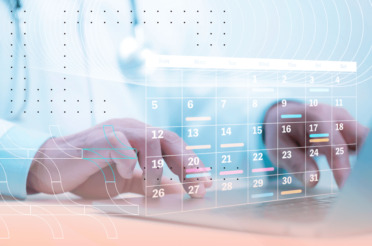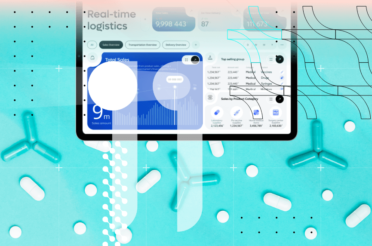Medicine is continually advancing and technology is playing a crucial role in improving healthcare. Virtual reality (VR) technologies stand out as a major innovation, improving the quality of medical training and therapeutic interventions. Just in recent years, VR applications have significantly improved operational precision in surgical training and operational precision for practitioners.
This article explores the benefits of VR medical training simulations and the advantages of VR in medical education.
VR training provides immersive learning experiences and allows medical professionals to practice skills in a risk-free environment. Partnering with the right VR training company can significantly enhance medical education, helping healthcare professionals excel and improving patient outcomes through innovative technology.
Introduction to VR medical training
Virtual reality (VR) in medical education is a common tool for teaching students how to perform medical procedures, particularly in situations with high risk where mistakes can be costly. It transforms medical education because it provides a realistic environment to learn from experience and practice theoretical knowledge.
With VR, educational applications create immersive, simulated environments where medical professionals, regardless of their career stage, can lead and manage highly realistic but risk-free emergency scenarios. This approach improves their understanding of potential events in the operating room, providing hands-on experience.
VR-based medical education has proven to be more effective and safer for both students and patients compared to traditional methods. Central to virtual reality training is its ability to create simulated environments that provide an immersive experience beyond what traditional methods for training students can offer.
The simulation is delivered via virtual reality headsets equipped with VR glasses and headphones. They are often paired with hand controllers to replicate movements, creating a convincing sense of reality. Consequently, users can handle situations otherwise inaccessible in the real world, from complex surgical procedures to emergency medical responses.
The VR simulation allows users to explore digital human anatomy from various perspectives and scales, fostering a dynamic and interactive learning experience. Medical students and interns receive a more engaging education, while practicing physicians can precisely hone their skills.
The Advantages of VR in medical education
Virtual reality in medical education is taking the learning experience to the next level with advanced medical education. Real-life simulations and methods really help the professional development of future or present medical experts.
Some of the already identified great advantages of VR in medical education are described in detail below.
Exposure to more real-life cases
Students in medical schools traditionally study with cadavers to understand the human body and practice surgeries. However, this method doesn’t fully replicate the experience of operating on a living person.
VR technology, on the other hand, immerses students in realistic medical scenarios and guides them through optimal procedures during training.
Enhanced educational progress through interactive training
VR immerses students in simulated medical environments. It presents organs in 3D, creating a realistic operating atmosphere.
This allows students to go beyond abstract theory, experie situations firsthand and learn more effectively from real practice similar to a live patient.
Detailed exploration of the human body
A modern virtual environment can help train students by exploring the human body from the inside without invasive procedures.
Users can examine the body at scale, in 360°, and observe how organs function and interconnect throughout the body.
Hundreds of interactive medical scenarios
Patient treatments and surgeries often deviate from textbook scripts due to varying situations and circumstances.
VR medical training software generates hundreds of realistic cases, creating authentic environments. This allows students to accumulate years of experience through a comprehensive training program.
Advanced ongoing training
Medical education starts in college but continues throughout a doctor’s career. Regular training updates their knowledge and ensures they remain trusted professionals.
VR training enhances learning for doctors and makes it more comfortable and effective at any career stage.
Explore the future of medical training with VR technology software Discover immersive simulations with the help of BGO Software’s specialists.

Additional benefits
Other advanced features of VR medical education software include:
- Artificial Intelligence, trained specifically to create realistic virtual patients;
- Having a learning session with multiple students simultaneously;
- A session with a virtual instructor, where both students and instructors can use the VR platform;
- Possibility to create multiple new real-world scenarios and 3D models and upload them to the database.
From a nursing simulation to a virtual world to learn new surgical techniques safely – this technology can help teach students via personalized feedback and make them ready for their future patients.
Simulation and hands-on training
The hands-on training and real-life simulations are the transformative tools in the field of VR in medical education.
They give the opportunity and access to:
- Remote training that rivals or surpasses in-person sessions;
- Preemptive learning and diagnostics for identifying rare conditions;
- Unlimited, cost-free training opportunities;
- Quick decision-making practice without the risks of a real-life ER;
- Soft skills development, including leadership and collaboration under pressure;
- Virtual simulations of patient conditions to understand pain and discomfort;
- Empathy-building exercises that replicate difficult patient-doctor interactions;
- Nursing education focused on rehabilitation assistance.
Here’s an example for a specific simulation that is created by SimX.
SimX for Nursing provides simulated patient encounters that improves experiential learning, preparing graduates to be practice-ready. This comprehensive solution immerses students in realistic clinical scenarios, enabling them to develop essential skills such as empathy, compassion, and effective communication for person-centered care.
It is designed to prepare nursing students for the next-generation NCLEX exam and offers advanced training for nurse practitioners. Additionally, SimX helps practicing nurses maintain their competencies in both inpatient and outpatient settings by bridging the gap between classroom theory and real-life patient care through immersive virtual learning environments. It offers over 220 simulated patient encounters, so the training is mostly practice oriented. (1)
Another example of a simulation would be the partnership between SimX and the US Air Force to develop the Virtual Advancement of Learning and Operational Readiness (VALOR) program. It enhances medical simulation for military personnel. With over $20M in Department of Defense funding, VALOR has been implemented in more than 50 DOD units, offering high-quality, repeatable, and accessible training for diverse scenarios. (2)
The SimX Virtual Reality Medical Simulation System (VRMSS) is crafted with input from experienced military medical educators, adhering to military protocols and clinical guidelines, covering a wide range of injuries and illnesses. This comprehensive curriculum addresses all responder levels, providing tailored learning objectives and equipment sets to ensure readiness across the spectrum of care.
Real-world application and practice
In addition to what we already mentioned about the real-world application and the implementation of VR in the medical practice, there are numerous other examples that we could also tackle.
Virtual reality surgery training
For medical students, performing surgery on actual patients poses significant risks, even under expert supervision, and can prolong critical procedures.
To address this, a groundbreaking VR surgery simulation featuring a haptic glove was unveiled at the 2019 American Association of Orthopedic Surgeons (AAOS) conference. This technology offers a real life experience that replicates the tactile feedback and precise movements required in surgery.
Its adoption represents a major advancement in medical VR training, enhancing anatomy education and surgical skill development while reducing complications during real surgeries.
Rehabilitation with VR technology
Virtual reality (VR) extends its benefits beyond medical staff training, significantly aiding patient rehabilitation.
For example, the hand rehabilitation app by Program-Ace enhances recovery through engaging physical therapy sessions and positive feedback. Patients interact with a virtual instructor and receive real-time progress updates via their VR headset, helping them regain hand mobility and flexibility after trauma or illness.
This use of VR in healthcare demonstrates the technology’s versatility, offering personalized and interactive rehabilitation that accelerates healing and boosts patient motivation.
Virtual reality emergency training
Emergencies require swift and assured responses from healthcare professionals, who must be extensively trained to act promptly and precisely under stress.
Virtual reality (VR) simulations are increasingly used in medical education to prepare for such high-stakes situations. For example, Florida’s EMS Section uses VR headsets to train responders for pediatric emergencies, exposing them to numerous realistic scenarios.
This immersive training method enhances their ability to manage real-life emergencies effectively, marking a significant advancement in healthcare education.
Integration with medical curriculums
Integrating VR in the medical curriculum is a vital process for it to become a real part of medical education. If implemented, it could offer highly realistic 3D models for anatomy learning. This allows students to closely inspect bones, organs, tissues, blood vessels, and muscles from any angle, which improves their understanding of anatomy.
VR also aids in developing medical social skills through AI-based communication training thus helping nurses and physicians improve their interactions with patients. Additionally, VR simulates a wide range of medical procedures for professionals like nurses, surgeons, and ICU workers, providing risk-free, hands-on practice that minimizes skill deficiencies.
VR provides safe training in the use of medical equipment, easing the learning process and ensuring proper operation. A specific example would be through applications like the VR app that simulates a dialysis machine, marking a significant enhancement in medical education and training protocols as part of medical training and practical curriculums.
Industry partnerships and innovations
The advancement of VR medical training is fueled by collaborations among educational institutions, healthcare organizations, and technology companies. These partnerships are vital for pushing VR technology forward.
For instance, the partnership between Stanford University and VR company Osso VR has led to the development of specialized modules for orthopedic surgery, which improves surgical training for medical students.
Similarly, the collaboration between the American Heart Association and VR firm Health Scholars has produced VR simulations for cardiology training, improving emergency response skills.
These collaborations ensure that VR training tools are updated with the latest medical advancements and best practices, providing learners with practical and up-to-date resources.
Deliver a world-class Healthcare project–with high-skilled, seamlessly integrated IT talent Learn how from our consultants. We work with clients worldwide.
Conclusion
Virtual reality (VR) is providing immersive realistic environments for learning and practice which is undeniably revolutionizing medical education and training and would be of great service in the near future. This technology improves anatomy understanding, builds medical social skills, and offers hands-on experience in various medical procedures without the risks associated with real-life practice.
Partnerships between educational institutions, healthcare organizations, and software development companies have driven the development of specialized VR training modules. They ensure these tools are updated with the latest advancements and make the innovations possible in the field of modern healthcare.
As VR continues to evolve, its integration into medical curricula promises to prepare healthcare professionals more effectively, ultimately improving patient outcomes and guaranteeing a higher level of care.

